When I was a kid, I wanted to be a published writer. As I grew older, I became more cynical about my chances, and stopped trying. The first thing I thought when unwrapping Toitoi and Write On is that there is no wannabe child writer in New Zealand who should feel negative about their opportunities for publication any more. These two fantastic publications are dedicated to celebrating the rich creativity of our young people, in the form of writing and illustration.
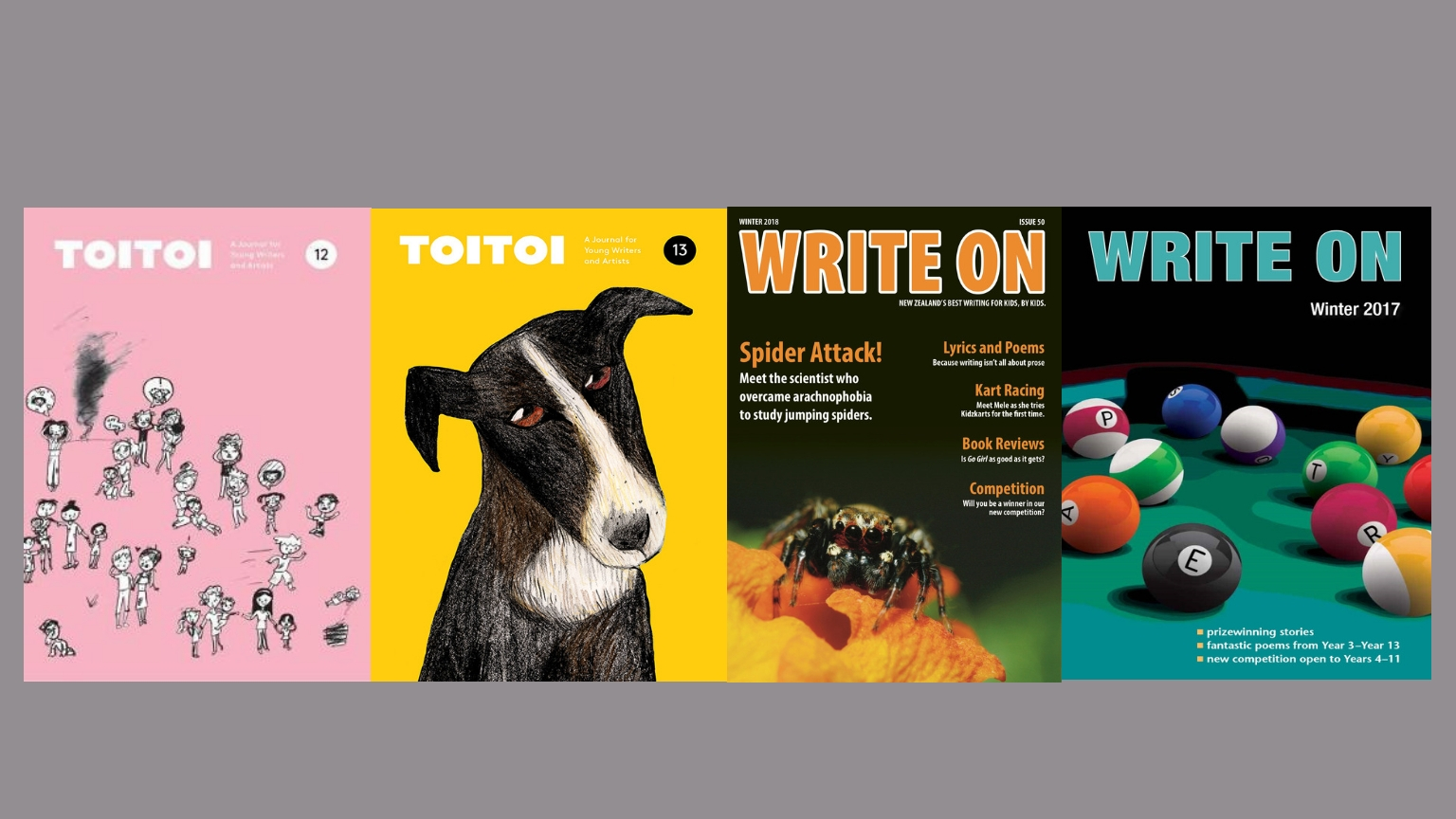
‘As I stand between rose-strung saplings, even the melody of my violin is oily and slick.’ (Elizabeth Milne, Year 8 in Write On, 2017-18)‘Cotton candy clings to my fingersand a yellow tape hugs the cones.’ (Grace Downie, age 8, in Toitoi issue 12)
Toitoi publishes quarterly, and receives upward of 1,000 submissions per issue, of which they select the best 70-80 submissions across art and writing. They then commission art from the artists who have submitted, to accompany each of these published pieces. Write On publishers biannually, and receives upward of 300 submissions per issue, as well as commissioning several from previously published young writers.
Charlotte Gibbs, editor of Toitoi, says that when selecting pieces, ‘we are looking for writing and art with an original and authentic voice that other young people can connect to and be inspired by and that reflects the cultures and experiences of life in New Zealand.’ Like The Sapling, they publish material in English and te reo Māori. Darryn Joseph is their te reo Māori editor.
‘…we are looking for writing and art with an original and authentic voice that other young people can connect to and be inspired by and that reflects the cultures and experiences of life in New Zealand.’
Toitoi began in 2013 from Gibb’s creation of Vox, a creative writing magazine for her child’s school, which proved incredibly popular. She realised there may be an appetite for this type of thing that goes much broader than proud parents and grandparents, and from 2015, began accepting submissions of kids’ writing from schools all over New Zealand. Toitoi is now on its13th issue, and has published over 1,000 young writer and artists aged 5-13.
Write On began 25 years ago as a magazine to celebrate the writing produced by students involved with the Christchurch-based School for Young Writers’ Workshops in Schools programme, Saturday classes, distance learning and holiday programmes. It recently made a change under the new editorship of Melanie Dixon, opening to submissions from young writers from all over New Zealand. Melanie says, ‘We aim to publish the very best of New Zealand writing for kids by kids.’
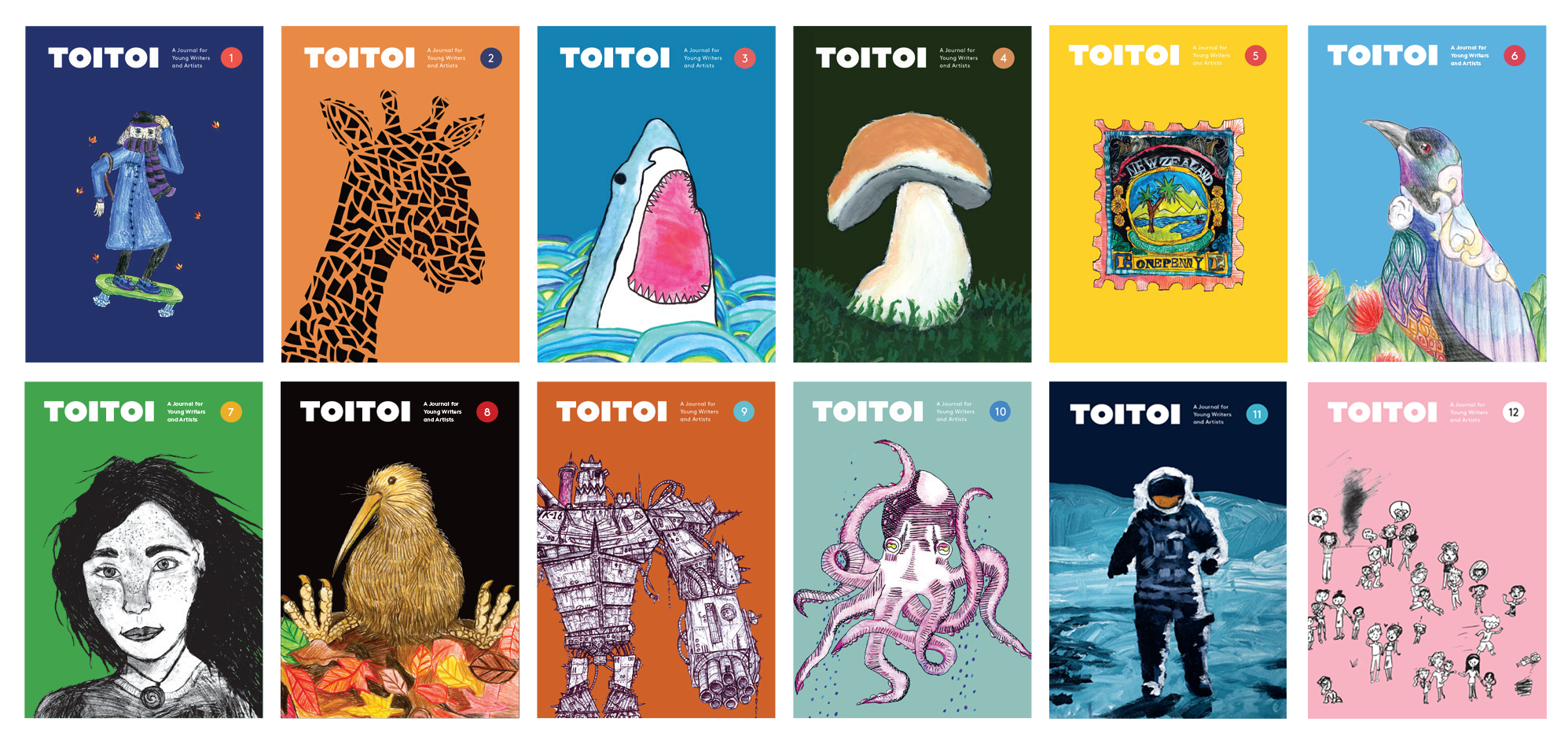
Selecting the best
Toitoi is a true literary journal, with fabulous cover art and a range of art forms within it – from short short poems, to long short stories. It also comes with a book of learning plans that fit alongside each issue. I was amazed at the connections these learning plans found between the seemingly disparate pieces of writing by young people, so I asked about their selection.
‘Toitoi is a platform for all ideas and imaginations and we are very careful not to limit or prescribe content in any way,’ says Charlotte. ‘We want young writers and artists to tell us what Toitoi will be – not the other way around. About halfway through production, the journal starts to take shape. It’s like magic.’
Charlotte wants to emphasise that the point of the journal was always quite simple: to celebrate New Zealand’s young creatives. While they won a well-deserved resource award at the CCL Educational Publishing Awards a couple of years ago, they did not create the journal for this purpose; rather they were asked to develop the support material by teachers. ‘Making a submission gives the work of young writers and artists a real purpose. To have work published means that it has a real audience.’
‘Making a submission gives the work of young writers and artists a real purpose. To have work published means that it has a real audience.’
Write On was started by Glyn Strange in 1993, alongside his School for Young Writers. The source for Write On’s content has traditionally been from workshops, classes and online learning run by tutors for The School for Young Writers, and includes pieces from kids aged 7-19.
Melanie says, ‘It’s one of our aims to help young writers learn critical re-drafting and editing skills, and many of the pieces accepted for publication have been workshopped and re-drafted a number of times, with established writers who are able to guide students through the process of making their work the very best it can be.’
They have recently begun creating a theme for each issue – for Issue 50, it was Animals, and for Issue 51, it will be Fun and Games. Heather McQuillan from The School explains, ‘When our new team was planning for Issue 50 we thought a theme would help us to create a sense of cohesion to the diverse work we received. One other benefit we saw to having a theme was that schools often integrate writing with their inquiry topics and we felt that having a mix of non-fiction, fiction and poetry around common themes would support teachers in their teaching of writing.’ They also have commissioned work from frequently published young writers in each magazine that is on the theme.
‘When our new team was planning for Issue 50 we thought a theme would help us to create a sense of cohesion to the diverse work we received.’
I asked about the relationship of Write On to Re-Draft, which is a separate publication put out once a year. Glyn Strange continues to publish Re-Draft, which publishes pieces by teenagers from all over New Zealand via a competition process judged by James Norcliffe and Tessa Duder. Melanie says, ‘This beautiful book is published annually and contains literary fiction, creative non-fiction and poetry by New Zealand teenagers.’
Write On’s young writers have grown up alongside The School, and they have a number of success stories to tell, thanks to being so long-established! Student from the School Charlotte Boyle won the Smart Alex creative writing competition (year 11-13 category) for her essay based on research made at the Alexander Turnbull Library; and another student, Abby Mason, won the WORD Secondary Schools Science Writing Competition.
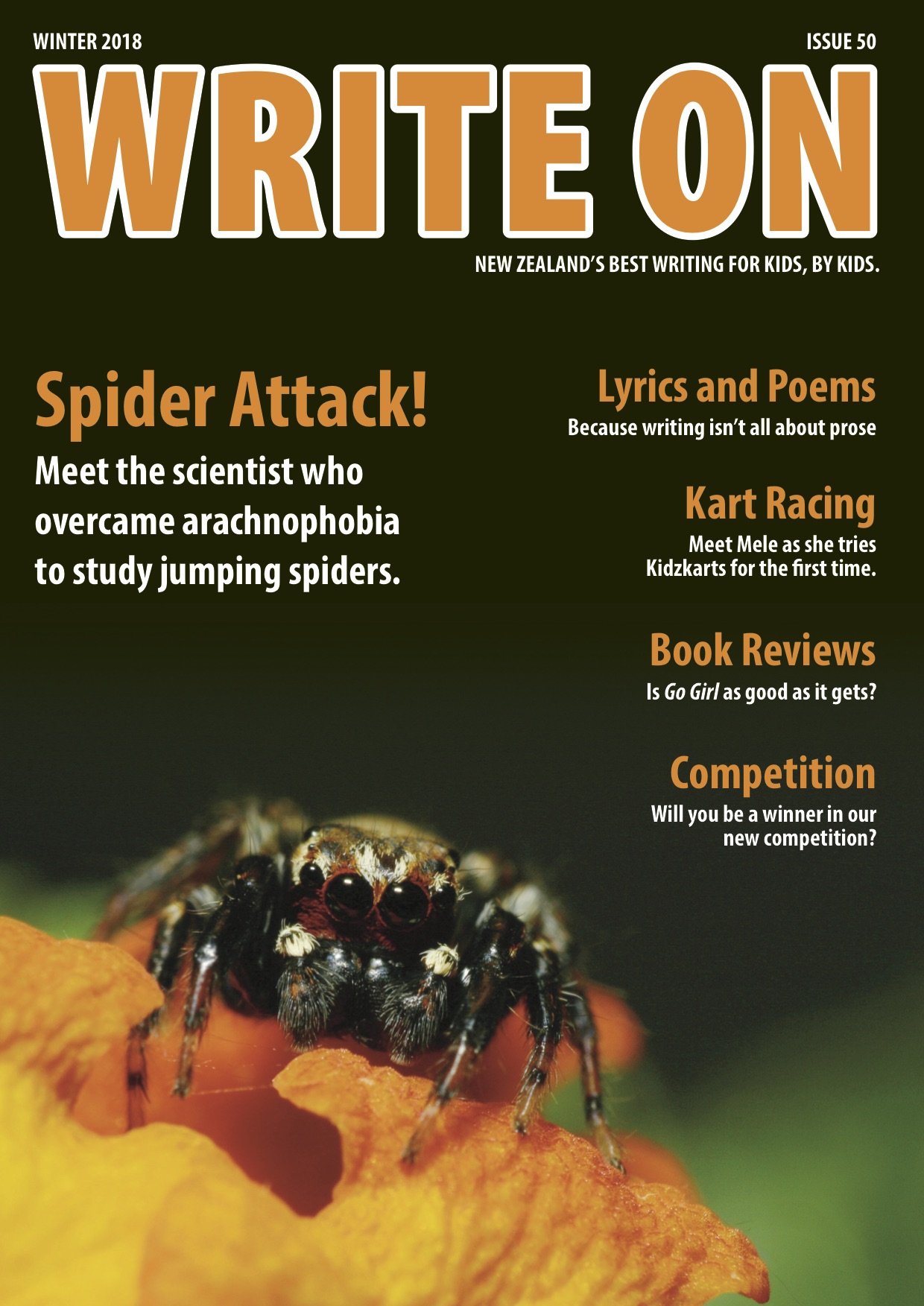
Art alongside writing
One of the stars of the Toitoi show is always the art. To become part of Toitoi, aspiring artists send in what they think is their best work. I noticed that quite often the ages of writer and artist were close. Charlotte says, ‘We (myself, Grace and Cait) match a piece of writing with an artist based on the style and mood of the artist’s submissions. This sometimes has to do with age, but not always. We commission the artists and then leave them to it. We want them to engage with the text and create an artwork that they are proud of. They have three weeks to complete their pictures and send them to us.’
One of the Toitoi team’s favourite days in the editorial process is the day the artwork is due. ‘We have no idea what is going to arrive and we are always blown away by the creativity and originality of what we receive.’ Charlotte rightly says each journal sets a new standard for writing and art from young people.
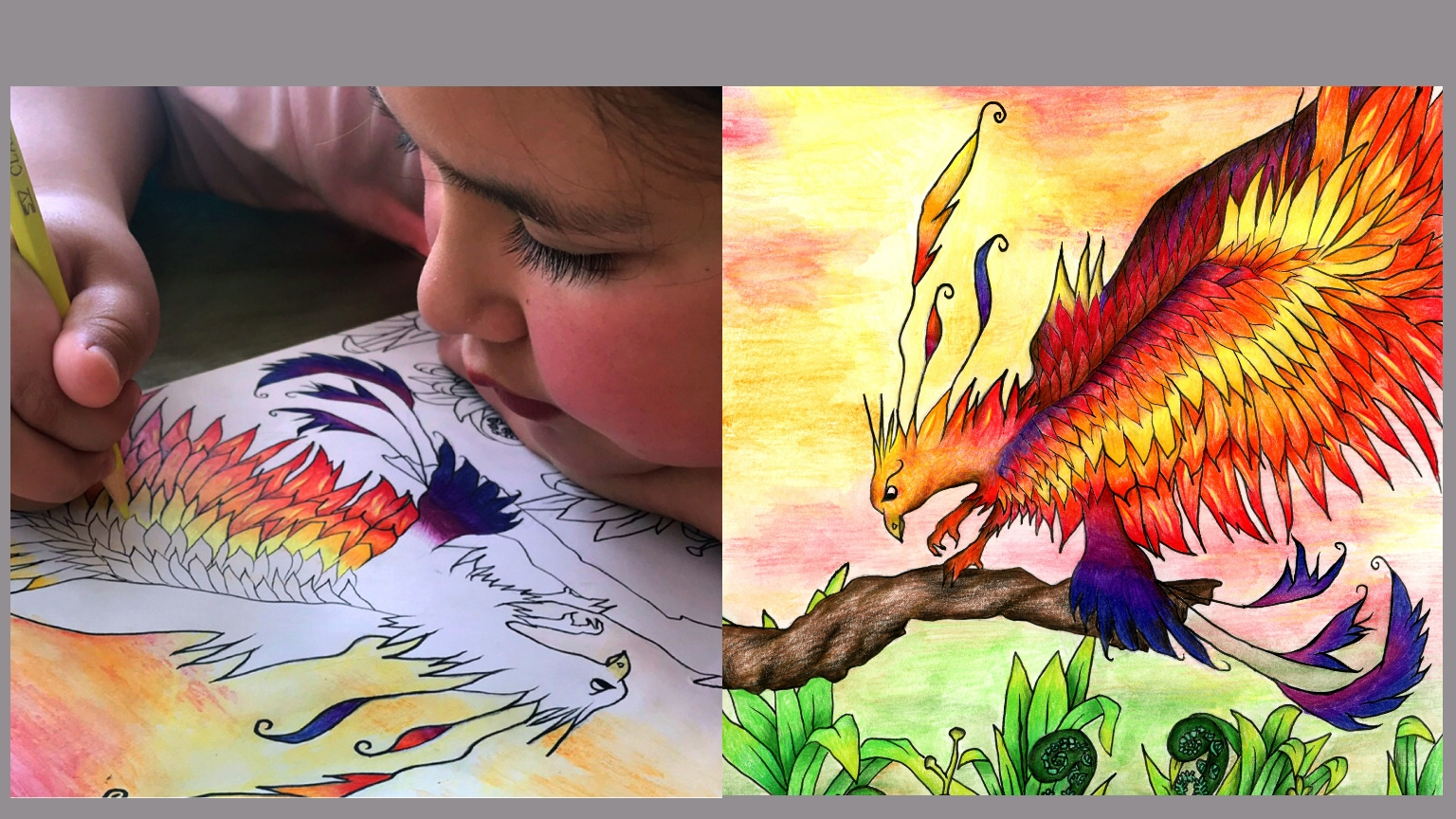
In Write On, there are articles on spiders from aspiring journalists, humorous instructions for self-opening doors, and extracts from novellas. Both publications have poems, plays, cartoons, songs and short stories on everything from cliffs and bees, to fear, animals, orienteering, and the meaning of art.
How the work goes into the world
Schools are the main subscribers for Write On – they have 150 school subscribers, plus half a dozen dedicated children’s bookshops that stock the magazine. Toitoi also invites subscribers, and is stocked in a number of bookshops.
Charlotte says, ‘We are extremely grateful for all of the support from the booksellers who have championed Toitoi in their communities.’
‘Our aim is to look people in the eye and treat them with respect. Part of this philosophy is to produce a beautifully designed journal which can hold its own in bookshops and libraries all over New Zealand.’
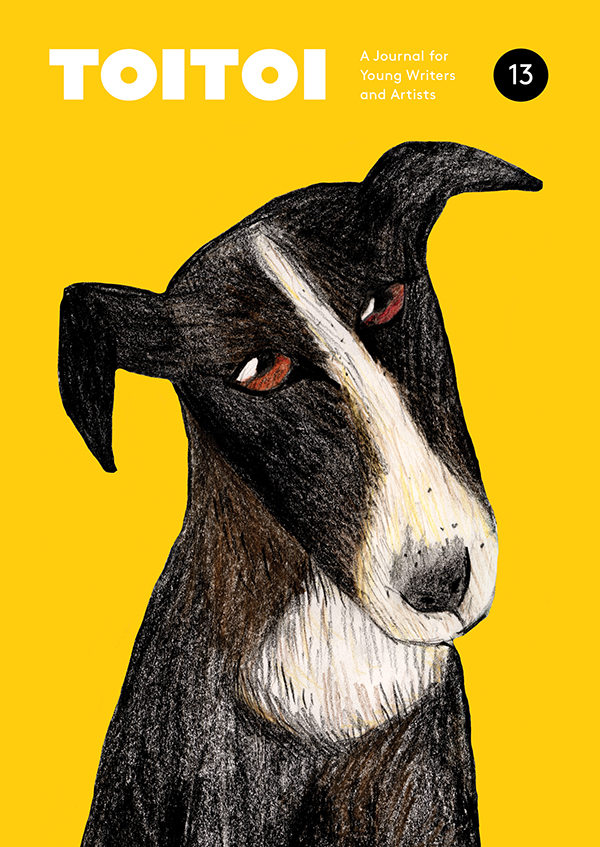
Charlotte talks also about the reaction of young people when they look at a copy of Toitoi. My eight-year-old was fascinated, and also took on the role of art critic (one he’s quite happy to fill). This sounds like it is quite common: ‘When young readers first pick up Toitoi, they flick through it and peer closely at the illustrations. There are always lots of whoops as they look at the incredible artwork. They immediately check the credit to see how old the artist is.’
‘For adult readers, Toitoi is a gateway to the ideas and imaginations of our young people. They are so deep-thinking and open-hearted. We dare you to read an issue without a hanky!’
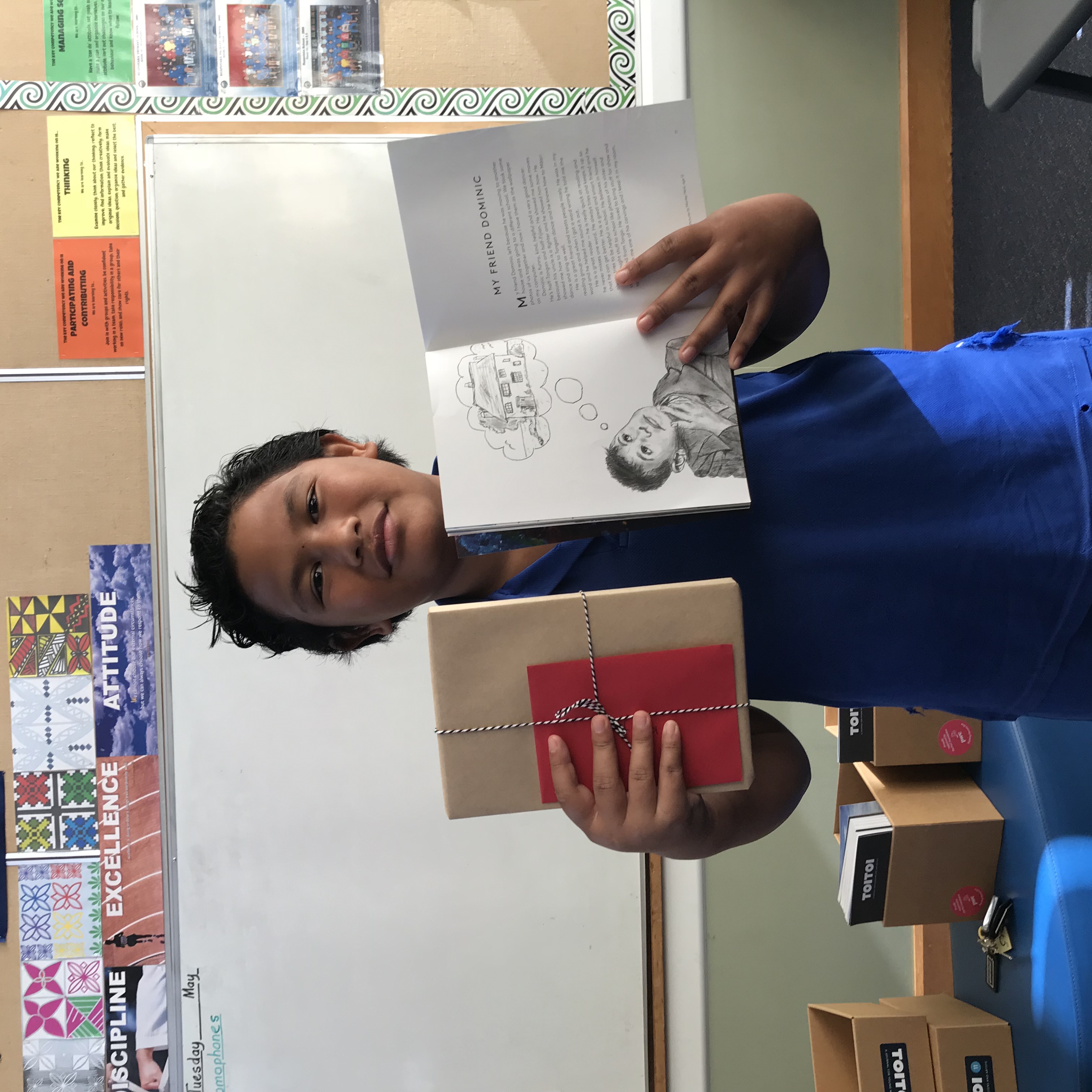
The Future
Melanie says, ‘Our vision for Write On is to provide the best magazine of writing for kids by kids in New Zealand. We want the magazine to be entertaining, informative, inspiring and thought-provoking. We hope that it will inspire students to become engaged in the writing process and to provide students across New Zealand with the opportunity for publication. We want Write On to be the springboard for our future journalists, novelists, comic book artists and readers of quality writing.
‘We want Write On to be the springboard for our future journalists, novelists, comic book artists and readers of quality writing.’
Charlotte says, ‘We believe curiosity, courage and creativity needs to be celebrated and championed. The arts offer our young people the opportunity to engage with something they feel passionate about that allows them to express who they are, connect with others and delight in what they are able to achieve. That is at the heart of what Toitoi is all about – now and in the future.’
The deadline to submit for Issue 15 of Toitoi (published Term 2 2019) is November 30, 2018.
The deadline to submit for Issue 51 of Write On (published over Summer 2018/19) is October 31, 2018.
The deadline to enter the Instructional Poem competition is November 2, 2018.

Sarah Forster has worked in the New Zealand book industry for 15 years, in roles promoting Aotearoa’s best authors and books. She has a Diploma in Publishing from Whitireia Polytechnic, and a BA (Hons) in History and Philosophy from the University of Otago. She was born in Winton, grew up in Westport, and lives in Wellington. She was a judge of the New Zealand Book Awards for Children and Young Adults in 2017. Her day job is as a Senior Communications Advisor—Content for Te Herenga Waka—Victoria University of Wellington.



